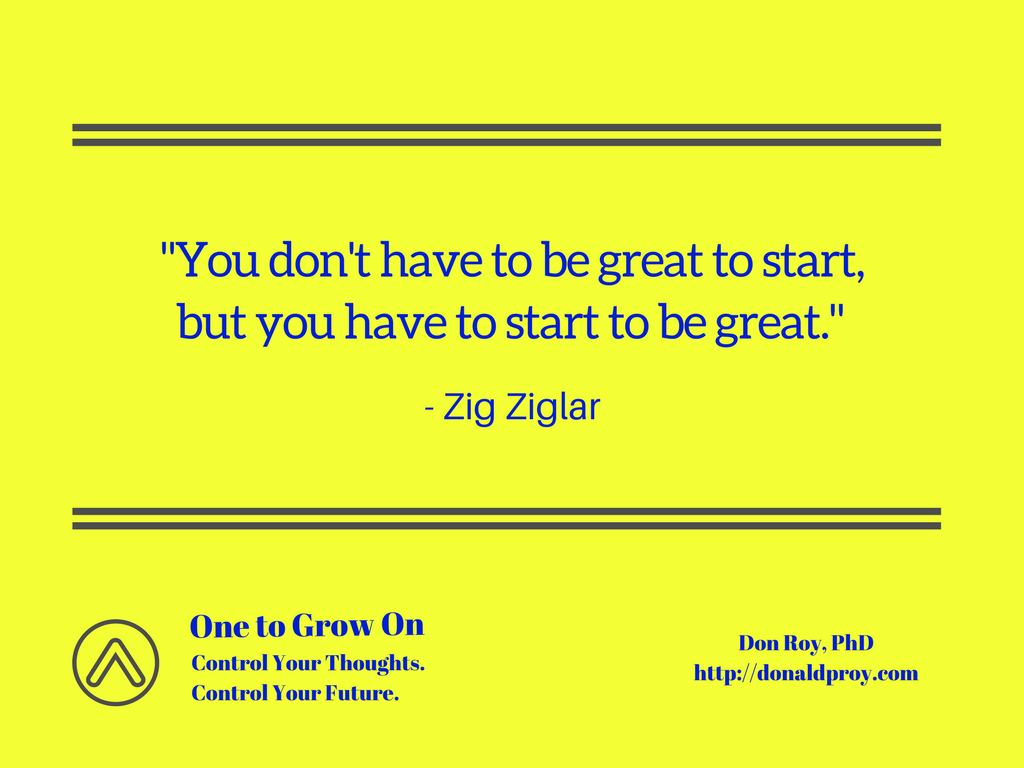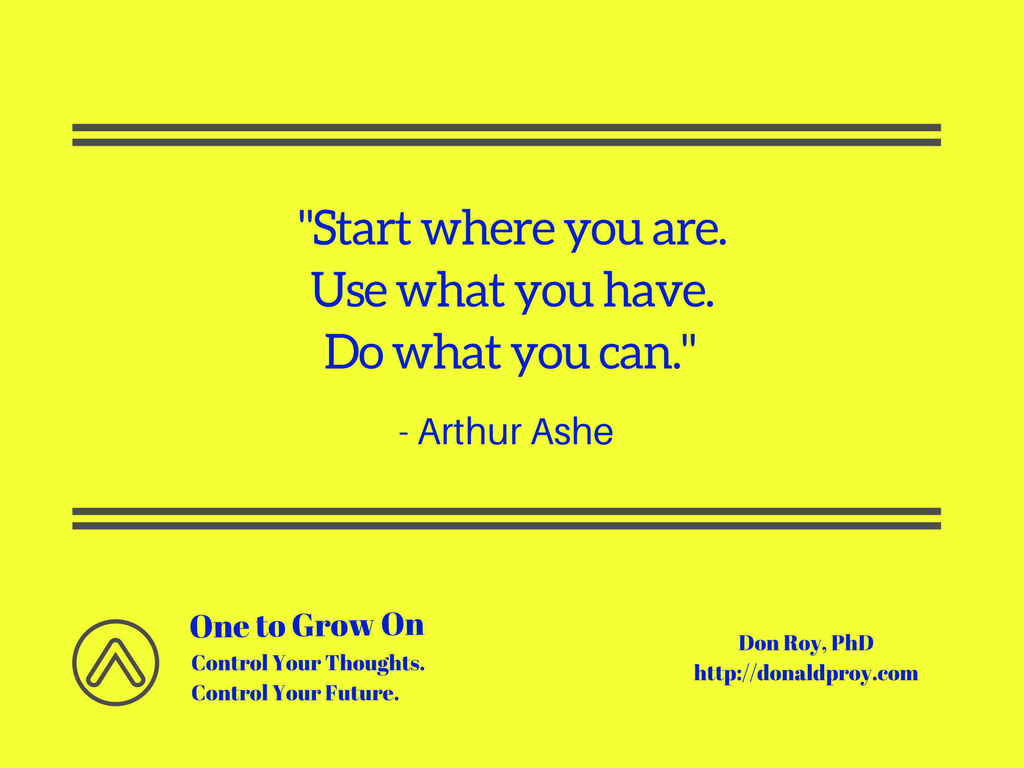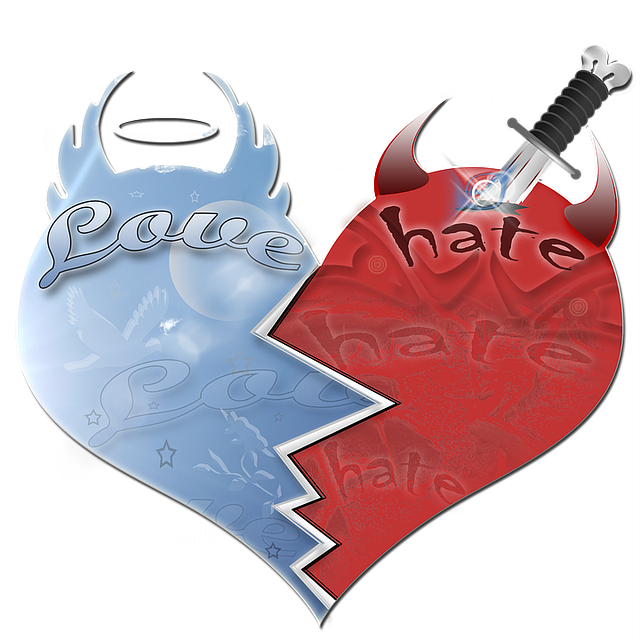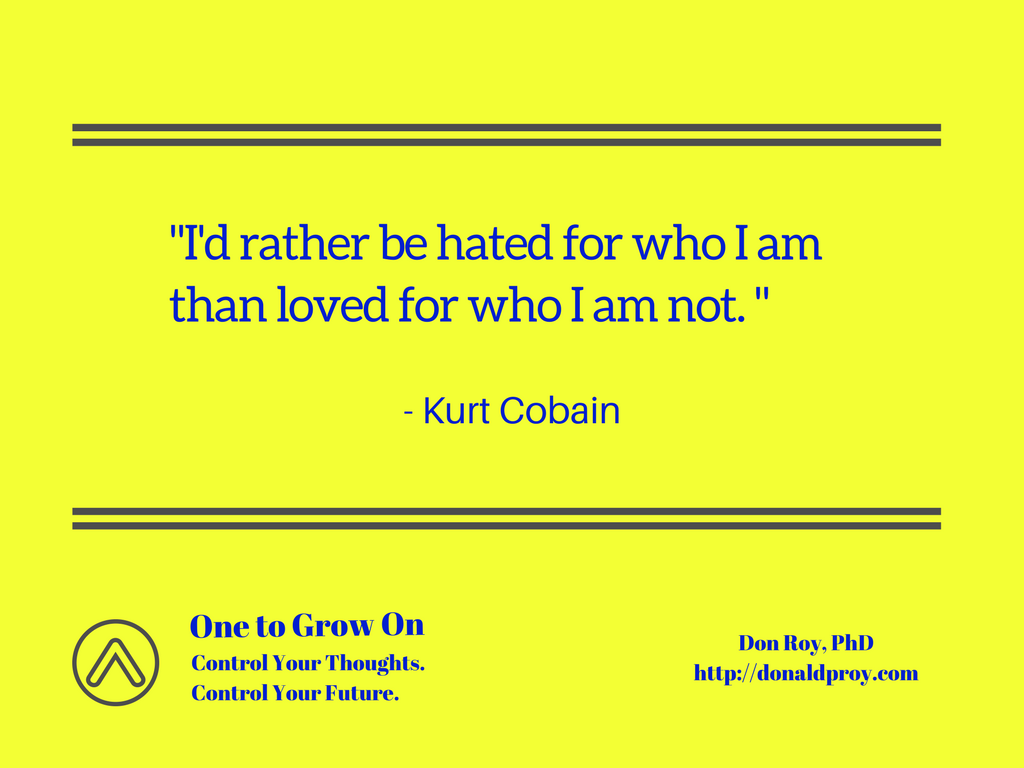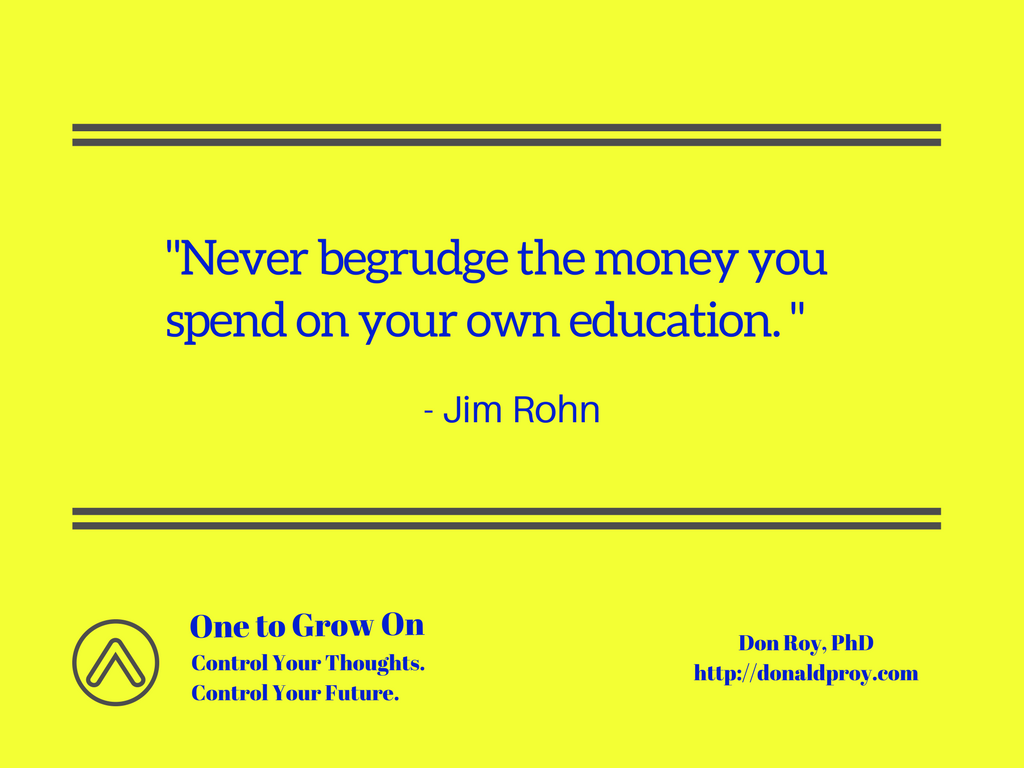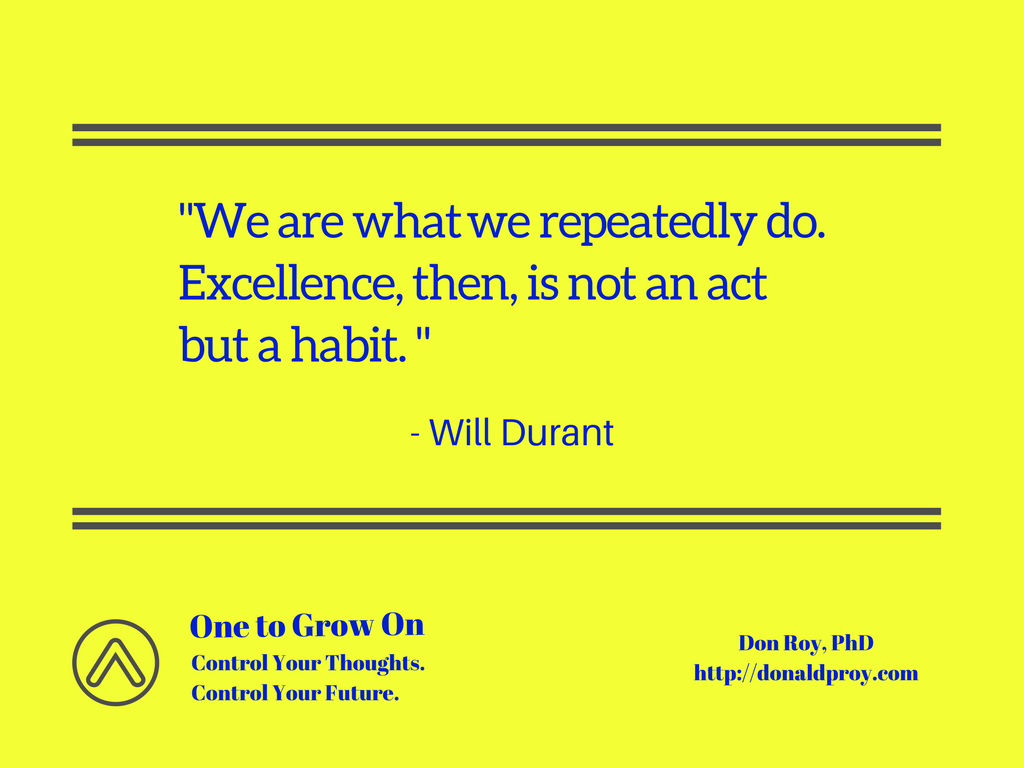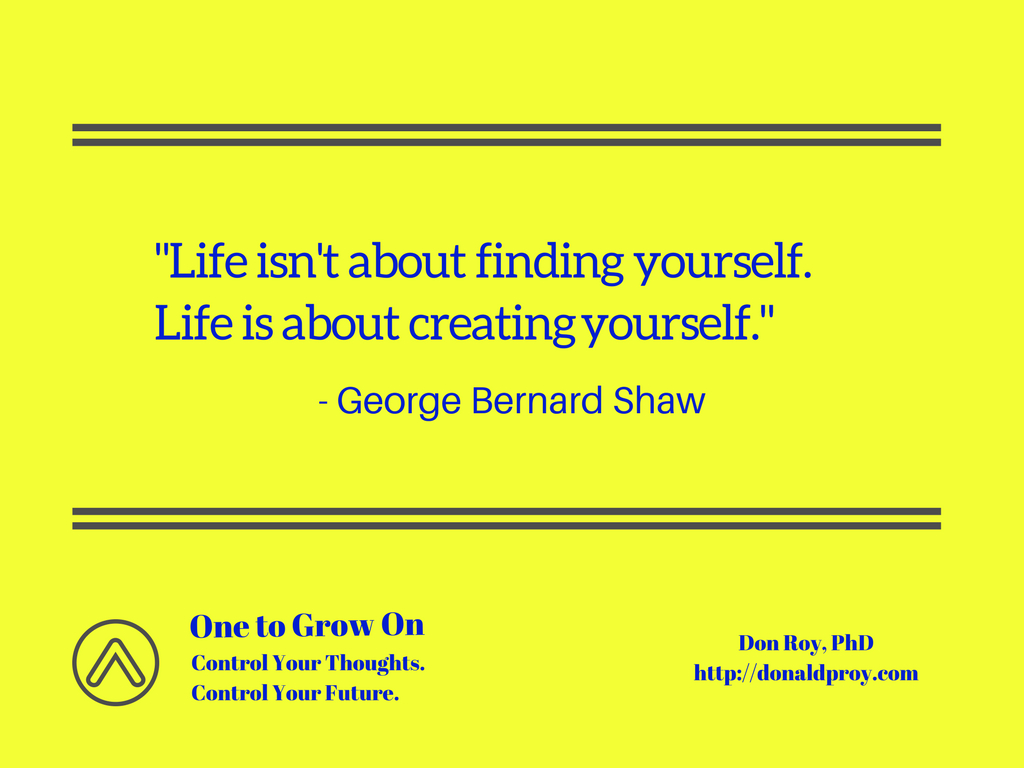
I have read, heard, and seen countless pieces of advice and secrets of success shared by experts and leaders in 35 years immersed in the business world. While much of the information is repetitive to a degree, sometimes I came across a gem that is fresh. Such is an observation that Microsoft co-founder Bill Gates shared about his rival and sometimes collaborator, Steve Jobs. In a recent interview, Gates said the following about Steve Jobs and what made him special:
“I was like a minor wizard because he would be casting spells, and I would see people mesmerized, but because I’m a minor wizard, the spells don’t work on me.“
All this time, I viewed Steve Jobs as a master of innovation and product design. I had no idea that wizardry played a role in his accomplishments. He wasn’t really a wizard, was he?
Spellbound Leadership
No, Steve Jobs was not a wizard. He did not really cast spells on anyone (not even Bill Gates or Microsoft). The magic to which Bill Gates referred was Jobs’ ability to motivate people, making them believe they were involved with something special. Apple was a company in deep trouble when Steve Jobs returned in 1997. He was able to convince employees and consumers alike that Apple products were truly different. The results speak for themselves. The iMac rejuvenated Apple, and the iPhone transformed it into a digital powerhouse.
Apple’s resurgence is one example of a lesser brand being energized and enjoying success. The “spells” that Steve Jobs cast were not manipulative or insidious. Although Jobs had a reputation for pushing, even intimidating people, the drive behind his push was a belief that they could do more. Steve Jobs inspired people to push boundaries and move beyond comfort zones. At the core of the push was instilling belief that there was purpose behind the products.
Beyond Thought Leadership
The belief you are doing something truly different should be a spell you want cast upon your professional identity. In the realm of personal branding, people often use the term “thought leader” to describe their value proposition. Thought leaders are a dime a dozen today. Want proof? A LinkedIn search for thought leader returns 107,000 results… a lot of leaders (granted the vast majority of them are self-appointed thought leaders).
Thought leadership is a status or point of difference based on expertise. If taken literally, a thought leader is someone who is out in front of the rest of us in their understanding of relationships and trends that are shaping a particular domain. The missing ingredient in a thought leader’s secret sauce is inspiration, specifically inspiring others to take action. Reflecting on the legacy of Steve Jobs, he was more than a thought leader; he was a movement leader.
Whether you have already attained thought leader status, aspire to be a thought leader, or are in the early stages of your journey, ask yourself whether the spark (spell) of feeling you are doing something truly different is present. Do you feel inspired to make a difference? Can you move others to see themselves as making a difference? If yes, it is time to consider how you can be a movement leader.



